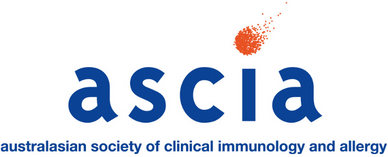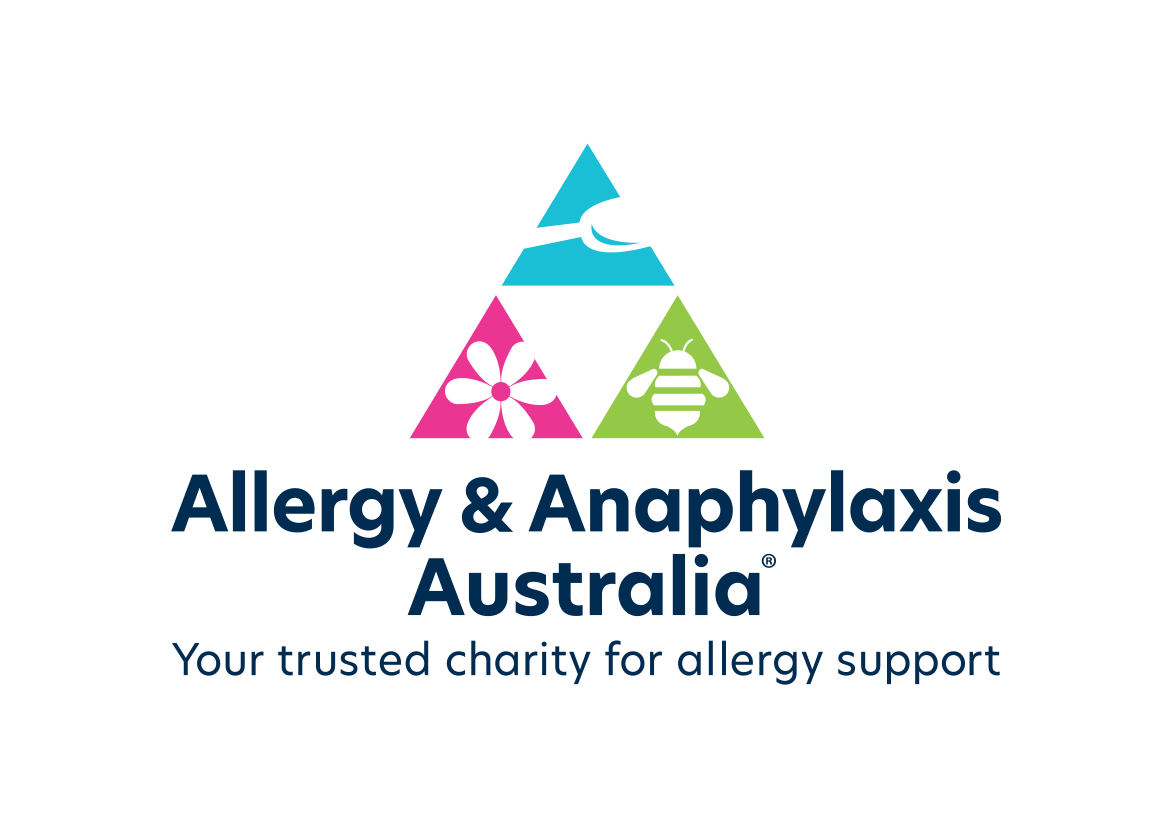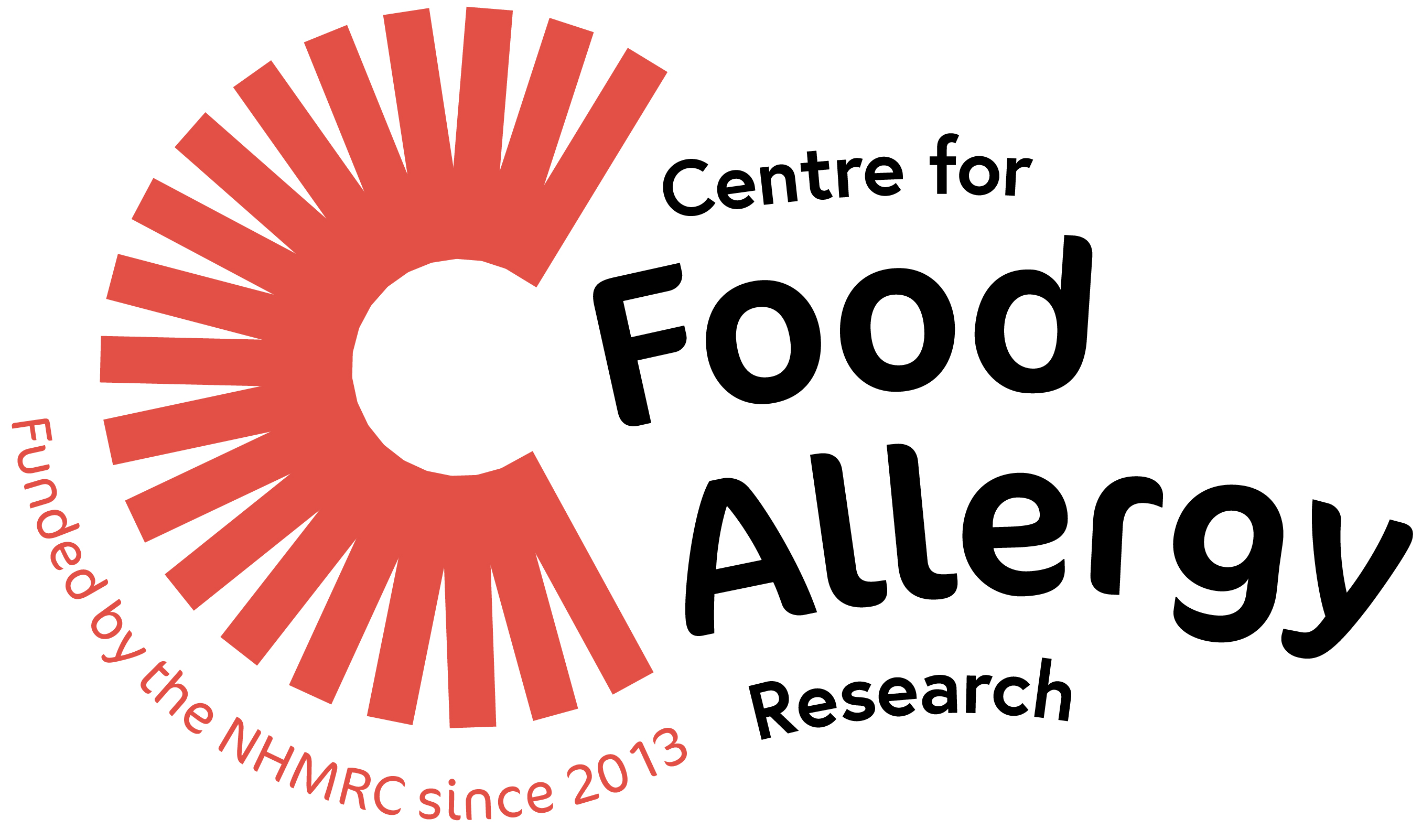Prof Sheryl van Nunen presents on treating ticks at Spark of Life Conference
- Published
- Friday, June 2, 2023 - 12:00 PM

Tick-induced allergies - mammalian meat allergy after tick bite (MMA) and tick anaphylaxis (TA) have increased exponentially as a results of environmental changes, according to National Allergy Centre of Excellence Insect Allergy Stream Co-chair Sheryl van Nunen OAM FRSN.
Prof van Nunen presented on how to treat tick bite at the Australian Resuscitation Council 13th International Spark of Life Conference in Brisbane this week.
Prof van Nunen, a Clinical Professor at both The University of Sydney and Macquarie University, a Consultant Physician in allergic diseases and a Visiting Medical Officer at Northern Beaches and Convenor of TiARA (Tick-induced Allergies Research & Awareness), first described the association between mammalian meat anaphylaxis and prior tick bites in 2007.
Her research interests include mammalian meat allergy and tick anaphylaxis and their implications. Prof van Nunen is particularly interested in the increased burden of coronary artery disease in alpha gal sensitised individuals and in pharmacogenetic risk factors in severe cutaneous drug reactions in the Vietnamese people.
Spark of Life Conference abstract:
Sheryl van Nunen & Andy Ratchford
Tick-induced allergies- mammalian meat allergy after tick bite (MMA) and tick anaphylaxis (TA) have increased exponentially in prevalence this century (van Nunen & Ratchford 2021, 2022), consequent to environmental changes. MMA is due to allergy to alpha gal (disaccharide), TA to one of five tick salivary proteins. Fatal reactions have occurred in both MMA and TA. Freezing the tick in situ, with removal by an expert using fine-tipped forceps, is a proven technique to prevent systemic reactions to tick bites (Taylor et al. 2019). Avoidance of mammalian meat is achievable. Ramifications of alpha gal sensitisation, however, include allergic reactions to therapeutic substances (certain vaccines, cetuximab, heparin, snake antivenom [potentially]) and is associated with an increased burden of coronary artery disease (increased chance of soft plaque, increased obstructive artery disease, thus increased risk of a STEMI versus a NSTEMI) (Vernon et al 2022). Sensitisation to alpha gal can occur in 50% of individuals after two tick bites. Of those sensitised, only a third will manifest clinical MMA, with significant public health consequences possible for those who are asymptomatic. In MMA, further tick bites increase specific IgE (sIgE) to alpha gal. In the absence of further tick bites, the level of alpha gal-sIgE decreases significantly over 12-18 months. Those with low levels of alpha gal-sIgE, however, retain the risk of severe, even fatal reactions to systemically administered sources of alpha gal. Killing the tick in situ and tick removal without compression is the management goal for all tick bites.
Find out more about Prof van Nunen’s research.





